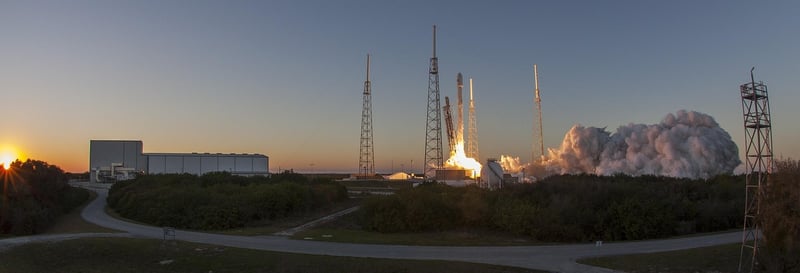Interstellar Vessels
The Future of Space Travel: Innovative Spacecraft and Interstellar Vessels
Space exploration has always been a fascinating frontier for humanity, pushing the boundaries of technology and innovation. From the early days of space travel to the potential of interstellar voyages, the evolution of spacecraft has been nothing short of remarkable.
1. Cutting-Edge Spacecraft Designs
Today, spacecraft are designed with state-of-the-art technology and engineering, enabling us to explore the depths of our solar system and beyond. One such example is the SpaceX Starship, a fully reusable spacecraft capable of carrying both crew and cargo to Earth orbit, the Moon, Mars, and beyond.

2. Interstellar Vessels: The Next Frontier
While our current spacecraft can take us to neighboring planets, the concept of interstellar travel - journeying between stars - presents a whole new set of challenges. Scientists and engineers are already conceptualizing interstellar vessels that could one day carry us to distant exoplanets.
One such proposed design is the NASA Starship, a theoretical spacecraft that could potentially travel at a fraction of the speed of light, opening up the possibility of exploring exoplanets in other star systems.

3. The Challenges Ahead
Interstellar travel poses significant challenges, including the vast distances involved, the need for advanced propulsion systems, and the effects of cosmic radiation on crew members. However, with ongoing research and technological advancements, the dream of interstellar exploration may one day become a reality.
As we look to the future of space travel, it's clear that innovative spacecraft and interstellar vessels will play a crucial role in expanding our understanding of the universe and unlocking new possibilities for humanity.
